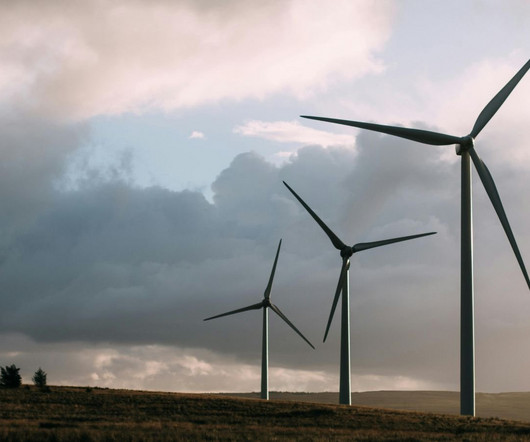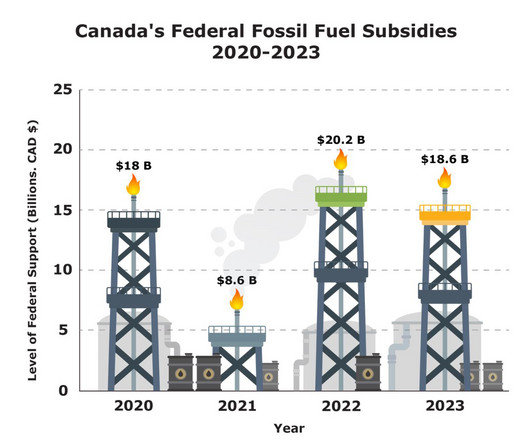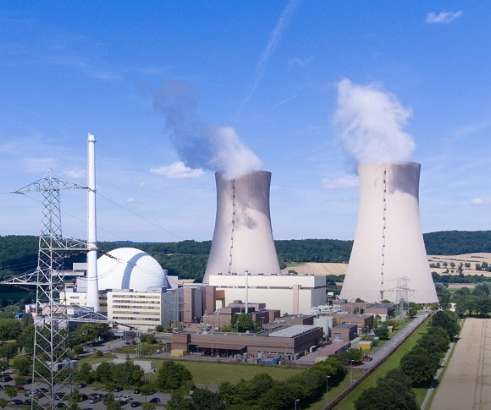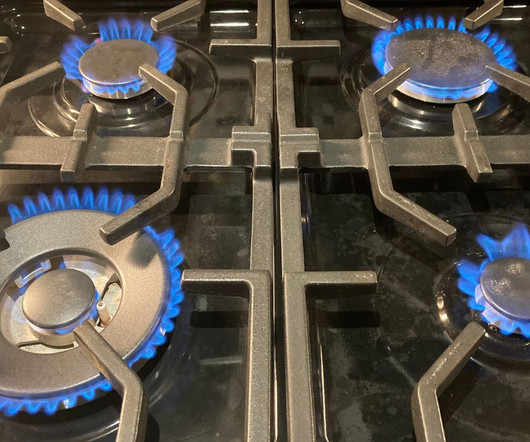How Will DTE’s Long-Term Plan Impact Michigan’s Clean Energy Future?
Union of Concerned Scientists
DECEMBER 1, 2022
Additionally, long-term energy plans consider how utilities will operate their existing power generating facilities and what type of new facilities they might build and when. DTE’s goal is to reach “net-zero” emissions by 2050 while reducing its carbon emissions from 2005 levels 65 percent by 2028, 85 percent by 2035, and 90 percent by 2040.


















Let's personalize your content